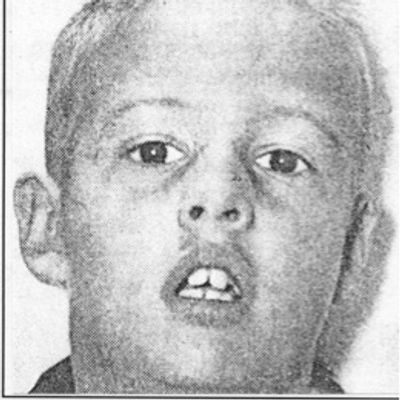WELCOME
ABOUT US:
Over the last 30 years or so, the BSIDent (formerly the BSSCMD) has evolved from being focused primarily on the management of temporomandibular disorders, to a much more integrated, broad-based view of craniofacial issues, including orthodontics and sleep/breathing disorders amongst others. Clearly, the occlusion is involved in TMD as possibly causal, as an effect, or as part of the finishing treatment. We no longer see malocclusion as an isolated disorder of the teeth alone, remote from other factors and always needing ‘Specialist orthodontic treatment’. We view malocclusion as the outcome – the sign – of a chain of developmental and environmental events in the craniofacial system. Treating the occlusal outcome of these events in isolation makes no sense to us.
Starting from the standpoint that since teeth have no inherent motility, they are simply the ‘passengers’ in the process of craniofacial growth and development, whether it be genetic or environmental. The teeth simply end up where these forces carry them. Diagnosis and treatment should be focused on identifying and addressing these forces, followed by ‘tidying up’ the occlusion if necessary, if a long-term stable result is to be achieved.
Our treatment ethos for craniofacial disorders, such as malocclusion, looks like this:
· Consider/identify/address all possible aetiological factors.
· Do nothing to threaten the airway or the TM joints.
· If present, treat TMD first.
· Treat malocclusion as young as possible.
· Do not extract unless unavoidable (‘last resort’ is better then ‘first thought’).
· All orthopaedic and orthodontic movements should ideally comply, not conflict, with the normal direction of growth – forwards.
· Such a treatment plan may include cooperation, as deemed necessary, with a cranial osteopath or chiropractor, a TMD practitioner, a myofunctional therapist, sleep medicine specialist, in addition to the dentist/orthodontist treating the case. Other possible professional help may include ENT or neurology.
BRITISH SOCIETY FOR INTEGRATED DENTISTRY: Aims and Objects:
1. The Society’s aim is to highlight the need for all relevant healthcare professions to address the correction of craniofacial disorders such as malocclusion, temporomandibular disorders, airway and sleep/breathing disorders, etc., in a co-operative and integrated manner suitable for the professions involved.
2. Membership will be confined to healthcare professionals with an expertise or interest in craniofacial disorders.
3. We recognise that certain necessary treatment modalities may be outside the scope of certain professions, and that a team approach is therefore the best way forward in some cases.
4. We will promote and develop these concepts through our six-monthly journal Cranio UK, and through actual or virtual meetings, to be announced from time to time.
5. We believe that identifying and addressing all the aetiological factors in each case, whether they be genetic or environmental, with minimal surgical intervention where possible, is the best means of securing a long-lasting, relapse-free outcome.

Mouth breather showing multiple cranial strains
(Photo: Daniel Gardner)
